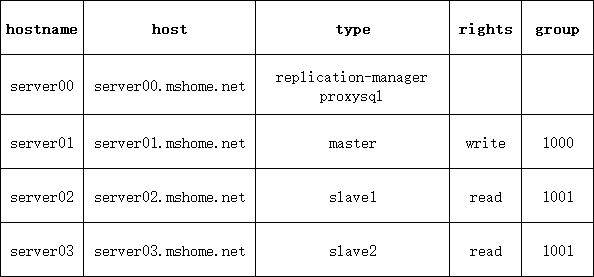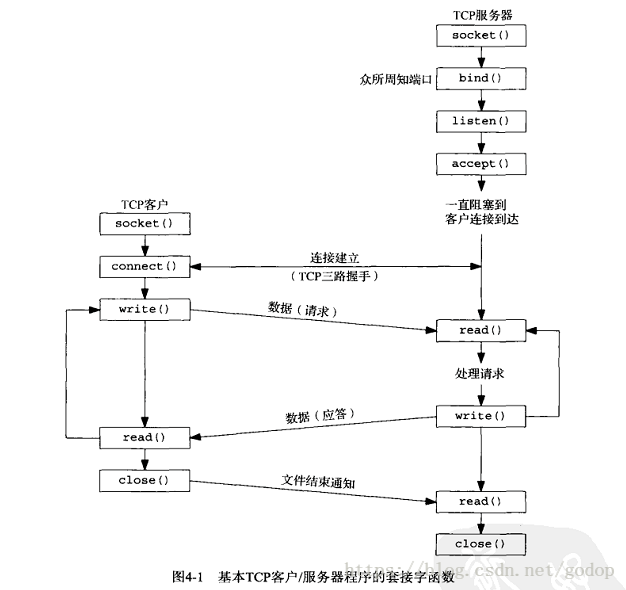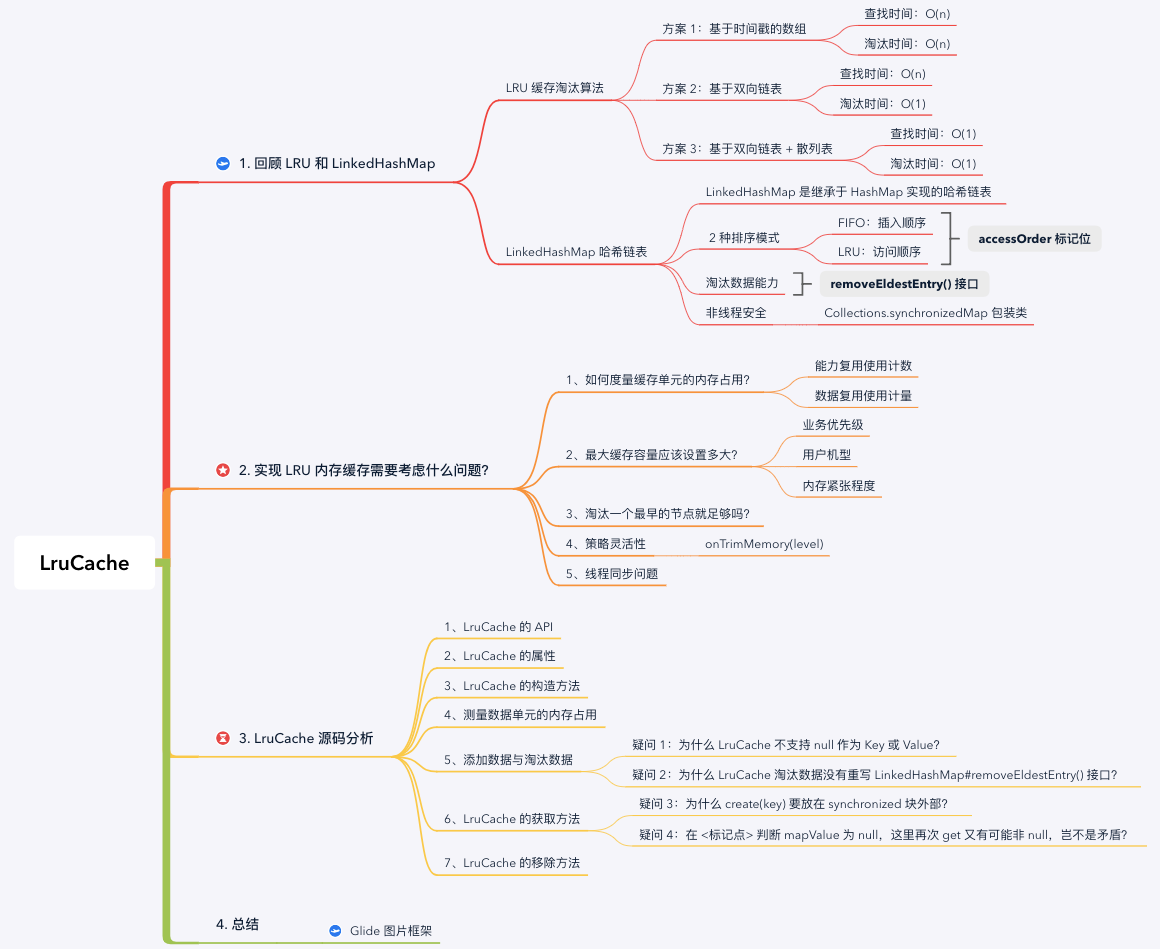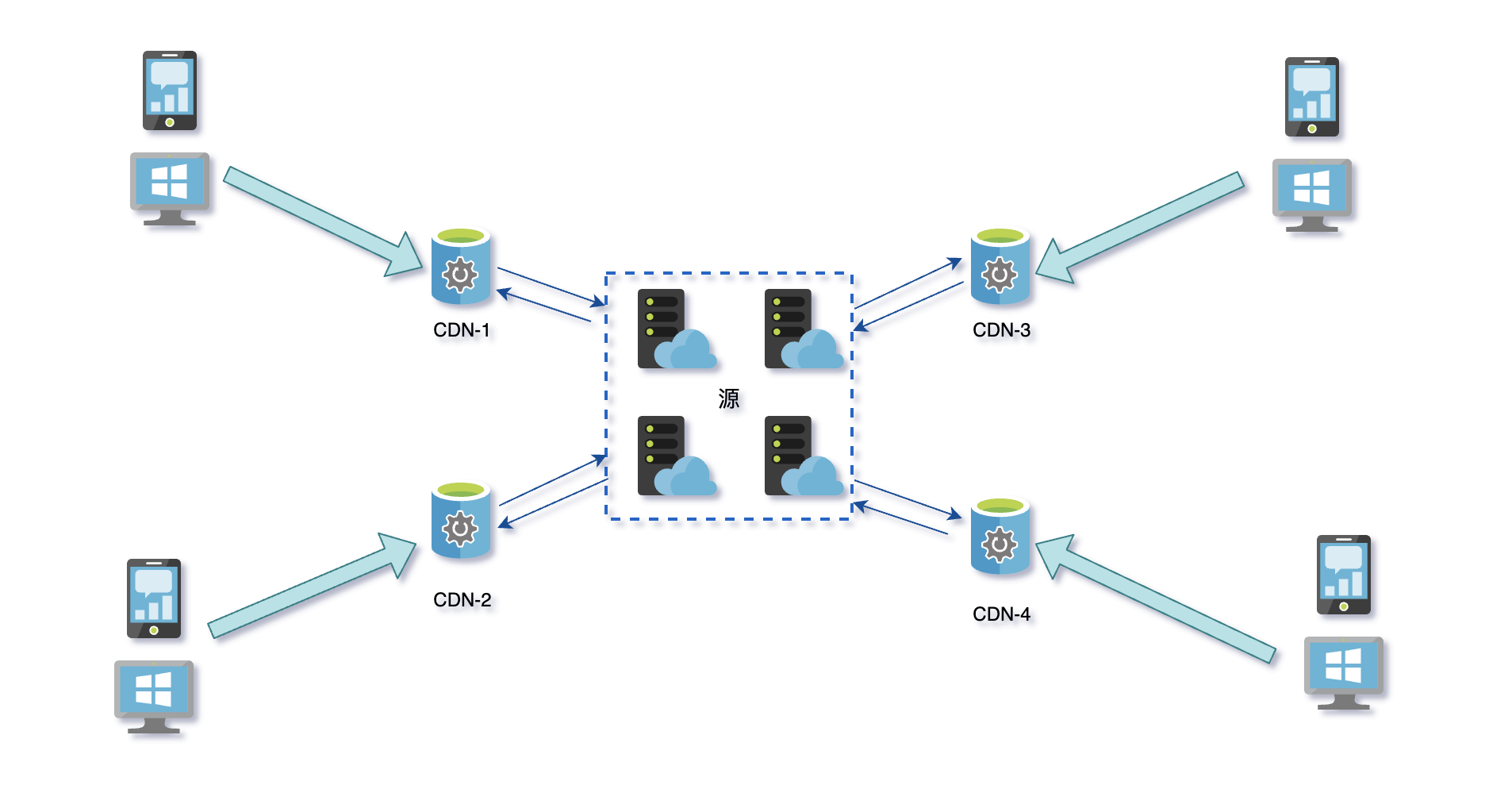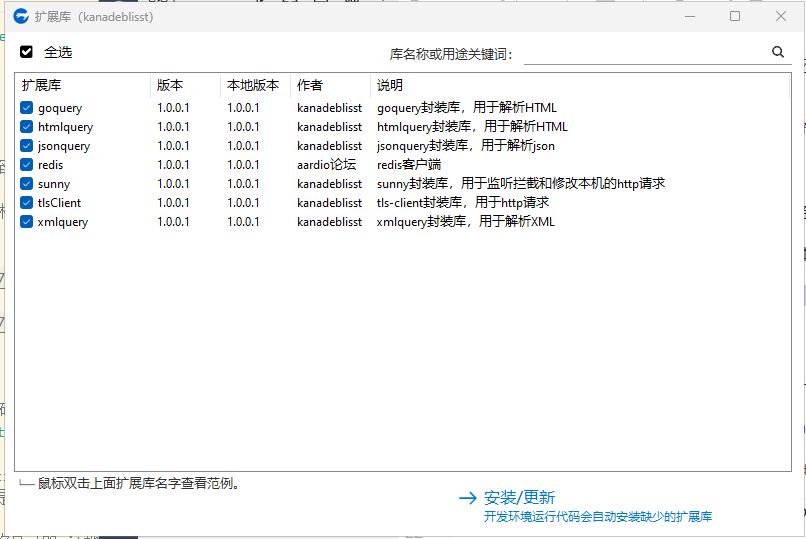3、IOC创建对象的方法
-
使用无参构造创建对象,默认!
-
使用有参构造创建对象
- 下标赋值
<!--第一种 下标赋值--> <bean id="user" class="com.jan.pojo.User"> <constructor-arg index="0" value="钟健"/> </bean>-
类型创建
<!--第二种 通过类型创建 不建议使用--> <bean id="user" class="com.jan.pojo.User"> <constructor-arg type="java.lang.String" value="zhongjian"/> </bean> -
参数名
<!-- 第三种 直接通过参数名来设置--> <bean id="user" class="com.jan.pojo.User"> <constructor-arg name="name" value="Jan"/> </bean>
总结:在配置文件加载的时候,容器中的管理的对象就已经初始化了!
4、Spring配置
4.1、别名
<!--别名,如果添加了别名,我们也可以使用别名取到这个对象-->
<alias name="user" alias="userNew"/>
4.2、Bean的配置
<!--
id: bean 的唯一标识符,也就是相当于我们学的对象名
class: bean 对象所对应的全限定名: 包名 + 类型
name: 也是别名, 而且name 可以同时取多个别名
-->
<bean id="userT" class="com.jan.pojo.UserT" name="user2 u2,u3;u4">
<property name="name" value="钟健学习"/>
</bean>
4.3、import
-
这个import一般用于团队开发使用,他可以将多个配置文件导入合并为一个,假设,现在项目有对人开发,将三人不同的开类需注册到不同的bean中,我们可以利用import将所有人的beans.xml合并为一个总的!
-
张三
-
李四
-
王五
-
applicationContext
<import resource="beans.xml"/> <import resource="beans2.xml"/> <import resource="beans3.xml"/>
5、依赖注入
5.1、构造器注入
- 依赖注入:
- 依赖:bean对象的创建依赖于容器!
- 注入: bean对象中的所有属性,由容器注入!
【环境搭建】
-
复杂类型
public class Address { private String address; public String getAddress() { return address; } public void setAddress(String address) { this.address = address; } } -
真实测试对象
public class Student { private String name; private Address address; private String[] books; private List<String>hobbys; private Map<String,String> card; private Set<String> games; private String wife; private Properties info; } -
beans.xml
<?xml version="1.0" encoding="UTF-8"?> <beans xmlns="http://www.springframework.org/schema/beans" xmlns:xsi="http://www.w3.org/2001/XMLSchema-instance" xsi:schemaLocation="http://www.springframework.org/schema/beans https://www.springframework.org/schema/beans/spring-beans.xsd"> <bean id="student" class="com.jan.pojo.Student"> <!--第一种,普通注入,value--> <property name="name" value="钟健"/> </bean> </beans> -
测试类
public class MyTest { public static void main(String[] args) { ApplicationContext context = new ClassPathXmlApplicationContext("beans.xml"); Student student = (Student) context.getBean("student"); System.out.println(student.getName()); } } -
完善注入信息
<?xml version="1.0" encoding="UTF-8"?> <beans xmlns="http://www.springframework.org/schema/beans" xmlns:xsi="http://www.w3.org/2001/XMLSchema-instance" xsi:schemaLocation="http://www.springframework.org/schema/beans https://www.springframework.org/schema/beans/spring-beans.xsd"> <bean id="address" class="com.jan.pojo.Address"> <property name="address" value="北京"/> </bean> <bean id="student" class="com.jan.pojo.Student"> <!--第一种,普通注入,value--> <property name="name" value="钟健"/> <!--第二种,bean注入,ref--> <property name="address" ref="address"/> <!--数组注入--> <property name="books"> <array> <value>红楼梦</value> <value>水浒传</value> <value>三国演义</value> <value>西游记</value> </array> </property> <!--List--> <property name="hobbys"> <list> <value>听歌</value> <value>敲代码</value> <value>看电影</value> </list> </property> <!--Map--> <property name="card"> <map> <entry key="身份证" value="111111222222223333"/> <entry key="银行卡" value="123456789"/> </map> </property> <!--Set--> <property name="games"> <set> <value>LOL</value> <value>COS</value> </set> </property> <!--null--> <property name="wife"> <null/> </property> <!--Properties--> <property name="info"> <props> <prop key="driver">20230102</prop> <prop key="url">男</prop> <prop key="username">root</prop> <prop key="password">123456</prop> </props> </property> </bean> </beans>
5.2、Set方式注入【重点】
5.3、扩展方式注入
我们可以使用P命名空间和C 命名空间进行注入
-
官方解释
-
使用
<?xml version="1.0" encoding="UTF-8"?> <beans xmlns="http://www.springframework.org/schema/beans" xmlns:xsi="http://www.w3.org/2001/XMLSchema-instance" xmlns:p="http://www.springframework.org/schema/p" xmlns:c="http://www.springframework.org/schema/c" xsi:schemaLocation="http://www.springframework.org/schema/beans https://www.springframework.org/schema/beans/spring-beans.xsd"> <!-- P命名空间注入,可以直接注入属性的值 property--> <bean id="user" class="com.jan.pojo.User" p:name="钟健" p:age="18"/> <!-- c命名空间注入,通过构造器注入 construct-args--> <!--在User类中要有无参和有参构造器才可以使用 C 命名注入--> <bean id="user2" class="com.jan.pojo.User" c:age="18" c:name="Jan"/> </beans> -
测试
@Test public void test2(){ ApplicationContext context = new ClassPathXmlApplicationContext("userbeans.xml"); //User user = context.getBean("user", User.class); User user = context.getBean("user2", User.class); System.out.println(user); }
注意点: P 命名和 C 命名空间不能直接使用,需要导入xml约束!
- P命名注入
xmlns:p="http://www.springframework.org/schema/p"
- C命名注入
xmlns:c="http://www.springframework.org/schema/c"
5.4、bean的作用域
-
单例模式(Spring默认机制)--->30分钟的教学记得看
- 有时候并发情况下会产生延迟或数据不一致,单线程一般用这个
<bean id="user2" class="com.jan.pojo.User" c:age="18" c:name="Jan" scope="singleton"/> -
原型模式:每次从容器中get的时候,都会产生一个新对象!
<bean id="user2" class="com.jan.pojo.User" c:age="18" c:name="Jan" scope="prototype"/>- 别特浪费资源,多线程可以使用原型模式
-
其余的request、session、application,这些个只能在web开发中使用的!
6、Bean的自动配置
- 自动配置是Spring满足bean依赖的一种方式
- Spring会在上下文中自动寻找,并自动给bean装配属性!
在spring的三种配置方式:
- 在xml中显示的配置
- 在java中显示的配置
- 隐式 的自动装配bean【重要】
6.1、测试
环境搭建:一个人有两个宠物!
- 原来的xml配置
<bean id="cat" class="com.jan.pojo.Cat"/>
<bean id="dog" class="com.jan.pojo.Dog"/>
<bean id="people" class="com.jan.pojo.People">
<property name="name" value="钟健"/>
<property name="cat" ref="cat"/>
<property name="dog" ref="dog"/>
</bean>
6.2、ByName自动装配
<bean id="cat" class="com.jan.pojo.Cat"/>
<bean id="dog" class="com.jan.pojo.Dog"/>
<!--
ByName: 会自动在容器上下文中查找,和自己对象set方法后面的值对应的 bean id!
ByType: 会自动在容器上下文中查找,和自己对象属性类型相同的 bean !
-->
<bean id="people" class="com.jan.pojo.People" autowire="byName">
<property name="name" value="钟健"/>
</bean>
6.3、ByType自动装配
<bean class="com.jan.pojo.Cat"/>
<bean class="com.jan.pojo.Dog"/>
<!--
ByName: 会自动在容器上下文中查找,和自己对象set方法后面的值对应的 bean id!
ByType: 会自动在容器上下文中查找,和自己对象属性类型相同的 bean !
-->
<bean id="people" class="com.jan.pojo.People" autowire="byType">
<property name="name" value="钟健"/>
</bean>
小结:
- byname的时候,需要保证所有的bean的id唯一,并且这个bean需要和自动注入的属性的set方法的值一致!
- bytype的时候,需要保证所有的bean的class唯一,并且这个bean需要和自动注入的属性的类型一致!
6.4、使用注解实现自动装配
jdk1.5支持的注解,Spring2.5就支持注解了!
The introduction of annotation-based configuration raised the question of whether this approach is “better” than XML.
要使用注解须知:
- 导入约束。context约束
- 配置注解支持: context:annotation-config/【重点】
<?xml version="1.0" encoding="UTF-8"?>
<beans xmlns="http://www.springframework.org/schema/beans"
xmlns:xsi="http://www.w3.org/2001/XMLSchema-instance"
xmlns:context="http://www.springframework.org/schema/context"
xsi:schemaLocation="http://www.springframework.org/schema/beans
https://www.springframework.org/schema/beans/spring-beans.xsd
http://www.springframework.org/schema/context
https://www.springframework.org/schema/context/spring-context.xsd">
<context:annotation-config/>
</beans>
@Autowired
直接在属性上使用即可!也可以在set方式上使用!
使用Autowired 我们可以不用编写Set方法了,前提式你这个自动装配的属性在IOC(Spring)容器中存在,且符合名字byname!
科普:
@Nullable 字段标记了这个注解,说明了这个字段可以为null;
public People(@Nullable String name) {
this.name = name;
}
public @interface Autowired {
boolean required() default true;
}
测试代码
public class People {
//如果显示定义了Aurowired的required的属性为false,说明这个对象可以为null,否则不允许为空!
@Autowired(required = false)
private Cat cat;
@Autowired
private Dog dog;
private String name;
}
如果 @Autowired 自动装配的环境比较复杂,自动装配无法通过一个注解【@Autowired】完成的时候,我们可以谁用@Qualifier(value == "xxx")去配置@Autowired的使用,指定一个唯一的bean对象注入!
public class People {
@Autowired
@Qualifier(value = "cat222")
private Cat cat;
@Autowired
@Qualifier(value = "dog222")
private Dog dog;
private String name;
}
xml的代码
<bean id="cat222" class="com.jan.pojo.Cat"/>
<bean id="cat111" class="com.jan.pojo.Cat"/>
<bean id="dog222" class="com.jan.pojo.Dog"/>
<bean id="dog111" class="com.jan.pojo.Dog"/>
<bean id="people" class="com.jan.pojo.People" />
@Resource注解
public class People {
@Resource(name = "cat2")
private Cat cat;
@Resource
private Dog dog;
}
小结:
@Autowired和@Resource的区别:
- 都是用来自动装配的,都可以放在属性字段上
- @Autowired 通过 byType 的方式实现,而且必须要求这个对象存在!【常用】
- @Resource 默认通过 byName的方式实现的,如果找不到名字,则通过byType实现!(名字 属性)如果两个都找不到的情况下,就报错!【常用】
- 执行顺序不同: @Autowired 通过 byType 的方式实现。@Resource 通过 byName的方式实现的。
7、使用注解开发
在Spring4之后,要使用注解开发,必须要保证aop包的注入!
使用注解需要导入context约束,增加注解的支持!
<?xml version="1.0" encoding="UTF-8"?>
<beans xmlns="http://www.springframework.org/schema/beans"
xmlns:xsi="http://www.w3.org/2001/XMLSchema-instance"
xmlns:context="http://www.springframework.org/schema/context"
xsi:schemaLocation="http://www.springframework.org/schema/beans
https://www.springframework.org/schema/beans/spring-beans.xsd
http://www.springframework.org/schema/context
https://www.springframework.org/schema/context/spring-context.xsd">
<context:annotation-config/>
</beans>
-
bean
-
属性如何注入
//等价于 <bean id="user" class="com.jan.pojo.User"/> //@Component 组件 @Component public class User { public String name ; //相当于 <property name="name" value="zhongjian"/> @Value("zhongjian") public void setName(String name) { this.name = name; } } -
衍生的注解
@Component有几个衍生注解,我们在web开发中,会按照mvc三层架构分层!
-
dao 【@Repository】
-
service 【@Service】
-
controller 【@Controller】
这四个注解功能都是一样的,都是代表将某个类注册到Spring中,装配Bean。
-
-
自动装配置
- @Autowired:自动装配,通过属性,名字 如果Autowired不能唯一自动装配上属性,则需要通过@Qualifier(value == "xxx") - @Nullable 字段标记了这个注解,说明了这个字段可以为null; - @Resource:自动装配,通过名字,属性 -
作用域
@Scope("prototype") @Scope("singleton")@Component @Scope("prototype") public class User { public String name ; //相当于 <property name="name" value="zhongjian"/> @Value("zhongjian") public void setName(String name) { this.name = name; } } -
小结
xml与注解:
- xml:更加万能,适用于任何场合!维护简单方便
- 注解:不是注解类使用不了,维护相对复杂
xml与注解最佳实践:
-
xml用来管理bean;
-
注解只负责完成属性的注入;、
-
我们在使用的过程中,只需要注意一个问题:必须让注解生效,就需要开启注解的支持
<!-- 指定要扫描的包,这个包下的注解就会生效 --> <context:component-scan base-package="com.jan.pojo"/> <context:annotation-config/>
8、使用Java的方式配置Spring
我们现在要完全不适用Spring 的 xml 配置了,全权交给Java来做!
JavaConfig 是 Spring 的一个字项目,在 Spring 4之后, 它成为了一个核心功能!
实体类
package com.jan.pojo;
import org.springframework.beans.factory.annotation.Value;
import org.springframework.stereotype.Component;
//这个注解的意思,就是说明这个类被Spring接管了,注册到了容器中
@Component
public class User {
private String name;
public String getName() {
return name;
}
@Value("ZHONGJIAN") //属性注入值
public void setName(String name) {
this.name = name;
}
@Override
public String toString() {
return "User{" +
"name='" + name + '\'' +
'}';
}
}
配置文件
package com.jan.config;
import com.jan.pojo.User;
import org.springframework.context.annotation.Bean;
import org.springframework.context.annotation.ComponentScan;
import org.springframework.context.annotation.Configuration;
import org.springframework.context.annotation.Import;
//这个也是Spring容器托管,注册到容器中,因为它本来就是一个@Component
//@Configuration代表这是一个配置类,就和 我们之前看到的beans.xml
@Configuration
@ComponentScan("com.jan.pojo")
@Import(JanConfig2.class)
public class JanConfig {
//注册一个Bean,就相当于我们之前写的一个bean标签
//这个方法的名字(eg:user),就相当于bean标签中的id属性
//这个方法的返回值(eg:User),就相当于bean标签中的class属性
@Bean
public User user(){
return new User(); // 就是返回要注入到bean的对象!
}
}
测试类
public class MyTest {
public static void main(String[] args) {
//如果完全使用了配置类的方式去做,我们就只能通过 AnnotationConfig 上下文来获取容器,通过配置类的class对象加载!
ApplicationContext context = new AnnotationConfigApplicationContext(JanConfig.class);
User getUser = context.getBean("user", User.class);
System.out.println(getUser.getName());
}
}
这种纯Java的配置方式,在SpringBoot中随处可见!






